

Ethical animal tourism is top of mind for many of us when we travel. So how do we tell if an animal encounter is ethical? I wanted to start by explaining why I believe I am in a position to talk about ethical animal encounters. For almost ten years I sat on the board of one of the largest animal welfare organisations in the Southern Hemisphere. The organisation provides assistance to over 50,000 animals (of which half are wildlife) every year, operates 10 shelters and a large wildlife hospital.
First what do we mean by ethical? The Cambridge Dictionary defines “ethical” as:
“Relating to beliefs about what is morally right and wrong.”
What is morally right and wrong will be different for different people. What we consider to be right and wrong is influenced by many things such as our religious beliefs, culture, our upbringing and the environment we live in. So just considering what is morally right and wrong, while a starting point, will not necessarily help us answer this question.
So, my next consideration is the Five Freedoms.
The Five Freedoms are internationally accepted standards of care that affirm every living being’s right to humane treatment. In 1965 a British parliamentary enquiry was held into the welfare of animals in intensive livestock production systems. That enquiry focused on the need for all farmed animals to be able to do basic activities such as stand up, lie down, turn around, stretch limbs and groom all parts of their bodies.
It wasn’t until 1979 that the mental needs of animals were considered. Professor John Webster of the UK Farm Animal Advisory Committee extended the concept initially developed from the parliamentary enquiry to encompass both physical and mental needs of animals. This included avoiding fear and distress as well as being able to express normal behaviour for their species. From this, the Five Freedoms were developed.
While these standards were originally set for farm animals and later adapted for companion animals, they equally relate to wildlife that we may encounter while travelling.
The Five Freedoms of animal welfare were developed to meet not just the physical needs of animals, but also the mental needs as well. The Five Freedoms are:
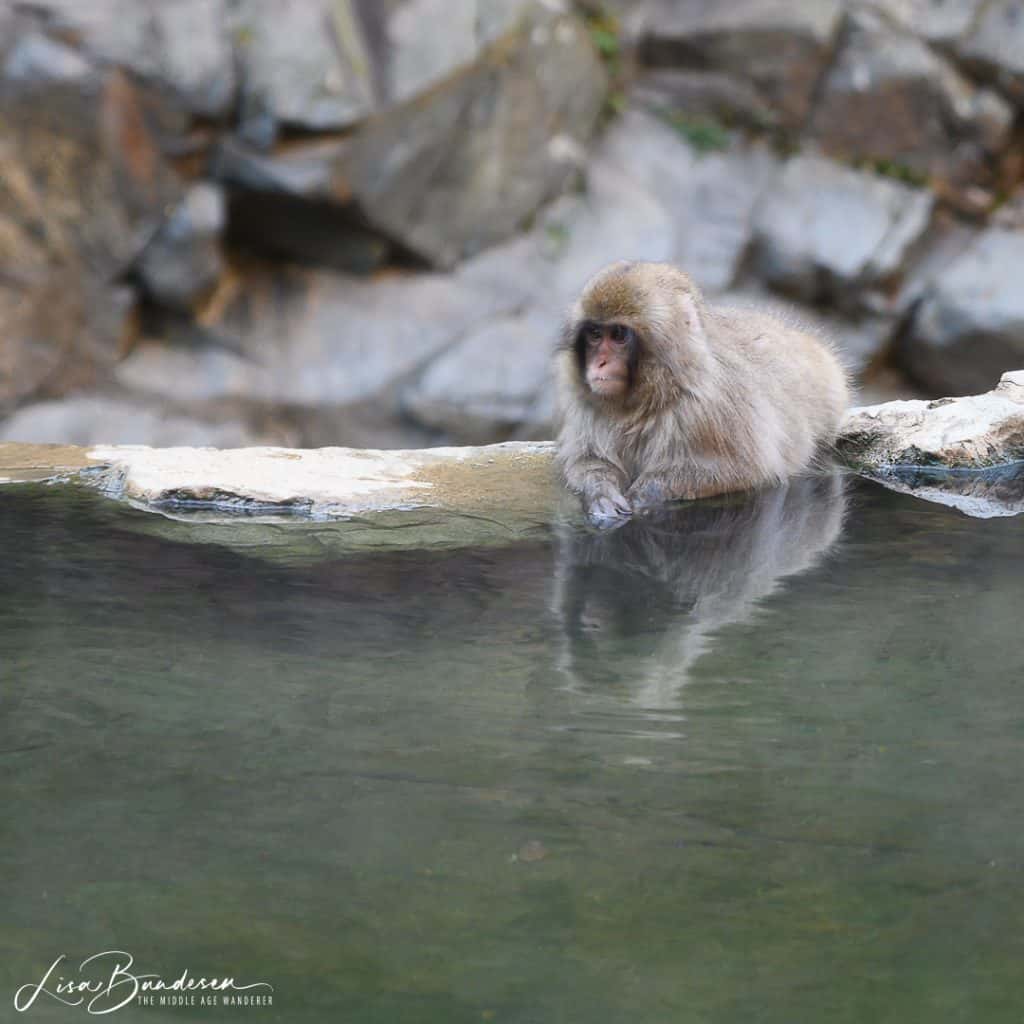
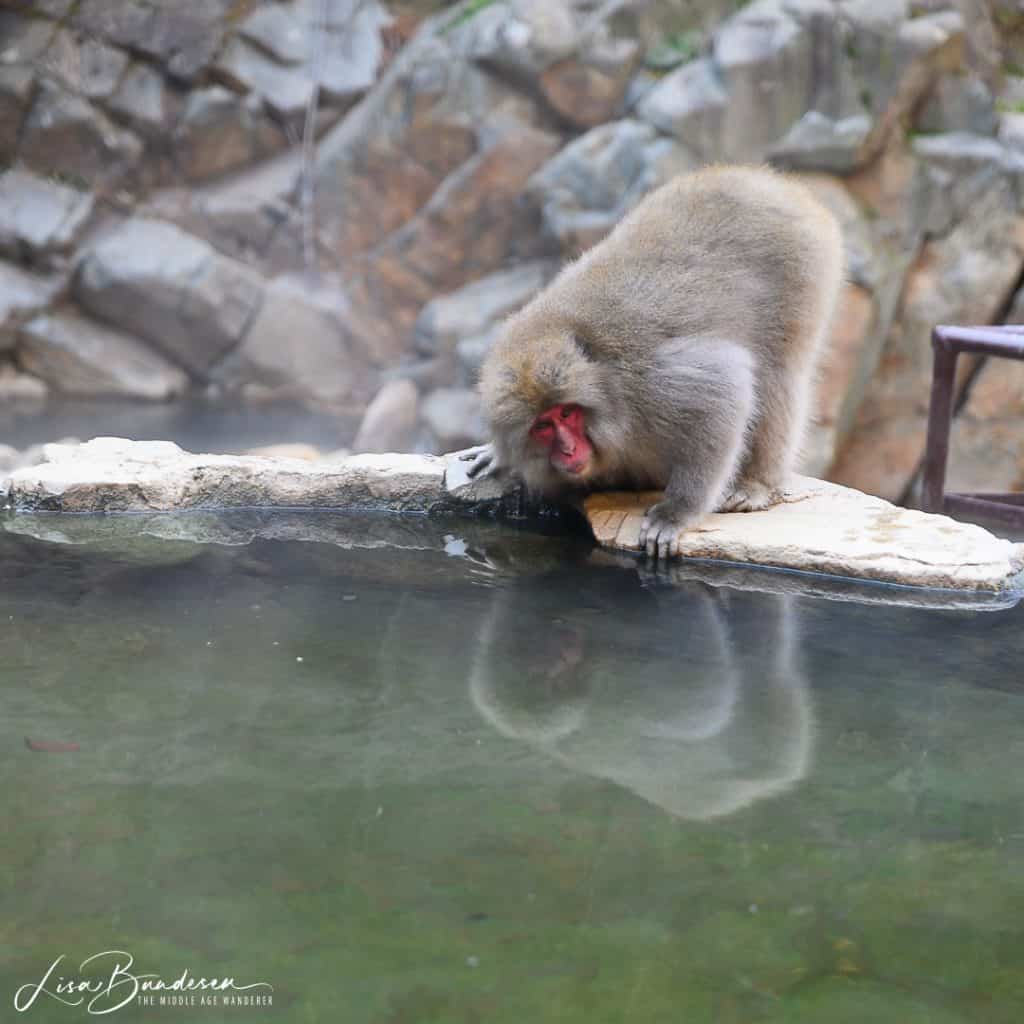
In 1994, the Five Freedoms were tweaked by Professor David Mellor and Dr Cam Reid who reformulated them as Five Domains. In simple form a comparison is as follows:
| Five Freedoms | Five Domains |
| 1. From hunger and thirst | 1. Nutrition |
| 2. From discomfort | 2. Environment |
| 3. From pain, injury and disease | 3. Health |
| 4. To express normal behaviour | 4. Behaviour |
| 5. From fear and distress | 5. Mental state |
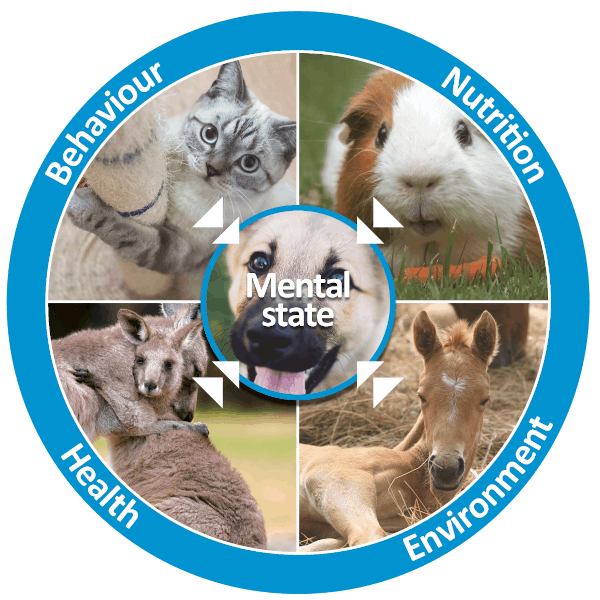
The two essentially have the same elements. So how is it different. RSPCA Australia explains it well:
“To help ensure animals have a ‘life worth living’ they must have the opportunity to have positive experiences, such as anticipation, satisfaction and satiation. To enable this, those responsible for the care of animals need to provide them with environments that not only allow, but encourage animals to express behaviours that are rewarding. This shift in understanding is the basis for the Five Domains model incorporating positive welfare states.”
The Five Domains extends the Five Freedoms putting much greater emphasis on animals being able to be exposed to or engage in activities that provide positive experiences and mental stimulation for the animals. It puts the animals mental health / mental state at the centre of all care.
This concept of an animal being able to have a ‘life worth living’ has stayed with me since first discovering the Five Domains.
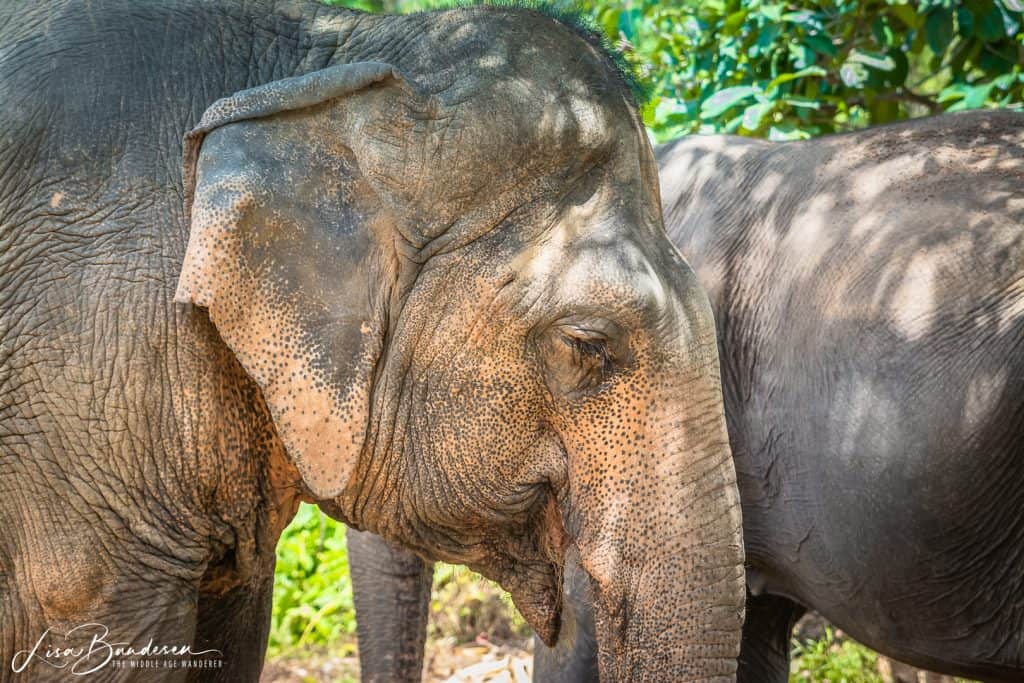
So having the above knowledge how do we tell if an animal encounter is ethical? As travellers, we send a strong message with how we spend our money. The more people who visit ethical animal encounters rather than unethical encounters, the stronger the message sent to those in the tourism industry doing the wrong thing.
By seeing animals in the wild, we see them in their natural habitat, expressing their natural instincts without interference from handlers, restrictions of pens or cages or the fear of being mistreated. With this being said, you need to find a reputable and licensed tour operator. These operators should ensure that all legal requirements are met, such as distances you need to keep from the animals. They should also be able to show that they maintain an ethical stance for the protection of the animals they are taking you to see.
You may also encounter wildlife when out on your own. In this photo of the wombat, we were hiking Cradle Mountain in Tasmania, Australia. We crouched down on the wooden walking trail (you can see me in the corner of the photo) and let the wombat come as close as it wanted to. We made no attempt to touch it or make noise around it. It happily walked almost up to us, gave us a perfect pose for some photos before wandering off. You can see my wombat photo gallery here.
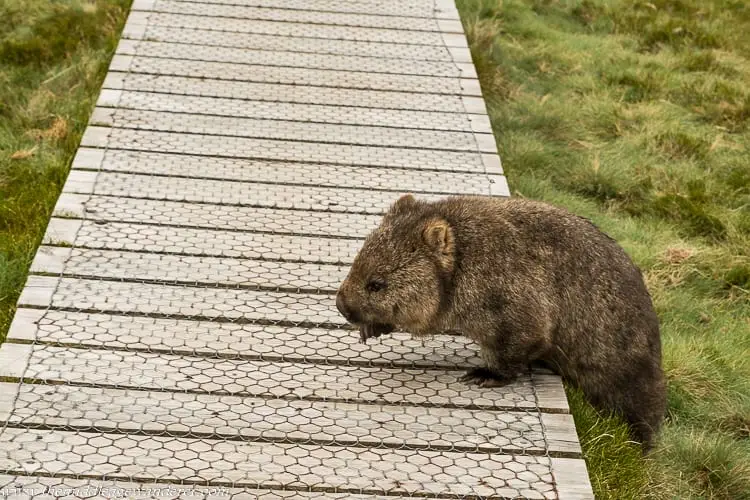

Many wild animals are in captivity. Some of these animals are able to live in a sanctuary that cares for them enabling them to live a life as close as possible to what they would have in the wild. But many of these animals don’t. It is these encounters we need to avoid.
It’s important to research any animal encounter you intend to visit. Just because an animal encounter rates highly on websites such as Trip Advisor or Google reviews doesn’t necessarily mean it is ethical and cares for its animals. Reading the comments can help, especially those one and two star ratings (these will usually be where you find any comments on the unethical treatment of the animals).
Looking at photos from Google searches or on social media such as Instagram (check the geo tag location) provides you with visual information. Do the photos of the animal encounter show that, for example, people are able to ride or bath with the elephants, hold the chimpanzee or are the animals forced to do tricks. Or do the photos show the animals being able to exhibit their natural instincts while human visitors keep their distance.


Culture or tradition in no way is an excuse for animal cruelty. Be aware of cultural or traditional events that may involve animal cruelty. For example, these events can include the use of animals in bullfighting, cockfighting and rodeos. PETA has written an article titled The 14 Worst ‘Festivals’ Still Taking Place Today (WARNING: this is distressing).
In many countries, you can eat animals that have either been cruelly treated while alive as well as during the slaughter process as well as wild and endangered animals. For example, you can eat whale meat in a number of restaurants in Reykjavik, Iceland. Most Icelandic people do not eat whale meat. It is in the restaurant’s menus for tourists. We had a simple rule. If whale meat was on the menu, we did not eat at that restaurant. Other common menu items include blue fin tuna, shark fin soup and caribou. Here is a list of ten endangered species that you can still eat.
Yes lots of wild animals are cute, but that doesn’t mean they are a prop for a photo. What is happening to the animals mental and physical well being by being handled by tens if not hundreds of people, including children? Younger children, in particular, do not necessarily understand how fragile an animal can be. Camera noise and flashes can cause unnecessary distress to the animals.
Many of these wild animals, especially larger ones, such as tigers and larger primates, can be drugged to keep them quiet while the photos are being taken. These animals can also be kept in small enclosures during these “photo sessions”, not allowing the animals the ability to move freely.
Neither wild nor domestic animals should be used for the entertainment of humans. In most of these cases, animals are “trained” to do tricks that are not naturally part of their expressed behaviours. An elephant does not naturally want to do a headstand, a dolphin does not want to jump onto a platform to give a tourist a kiss (let alone be in captivity) and a bear does not want to ride a bicycle.
We also regularly encounter domestic animals being used in tourist activities. It might be a horse carriage ride through a city, a camel ride across the desert, horse riding through the countryside or dog or reindeer sledding in the snow. Now firstly, I need to say that I have serious issues with horse carriage rides in cities. The horses can be spooked by the traffic noise, can be involved in traffic accidents (and the horse rarely if ever comes out ok) and can fall on bitumen causing serious injury. For these reasons I never take horse carriage rides in cities.
When it comes to other domestic animals encounters, your understanding of the Five Domains is important. Things to consider, and specifically ask about include:
As noted in point 2 above, research is key. Find a reputable and trusted tour operator that is known for ethical animal encounters.
We can all do our part to encourage others to visit reputable animal encounters we have experienced (and discourage visiting encounters that aren’t ethical). For example, leave reviews and use your social media presence to encourage others to visit or.
This list is by no means exhaustive. Have I missed something off this list? Please let me know and I will update it.
Ultimately, I always go back to the concept of does the animal have a ‘life worth living’. This and the Five Domains are the basis for me including each of these items on this list. All animals, wild and domestic have the right to have a “life worth living”.
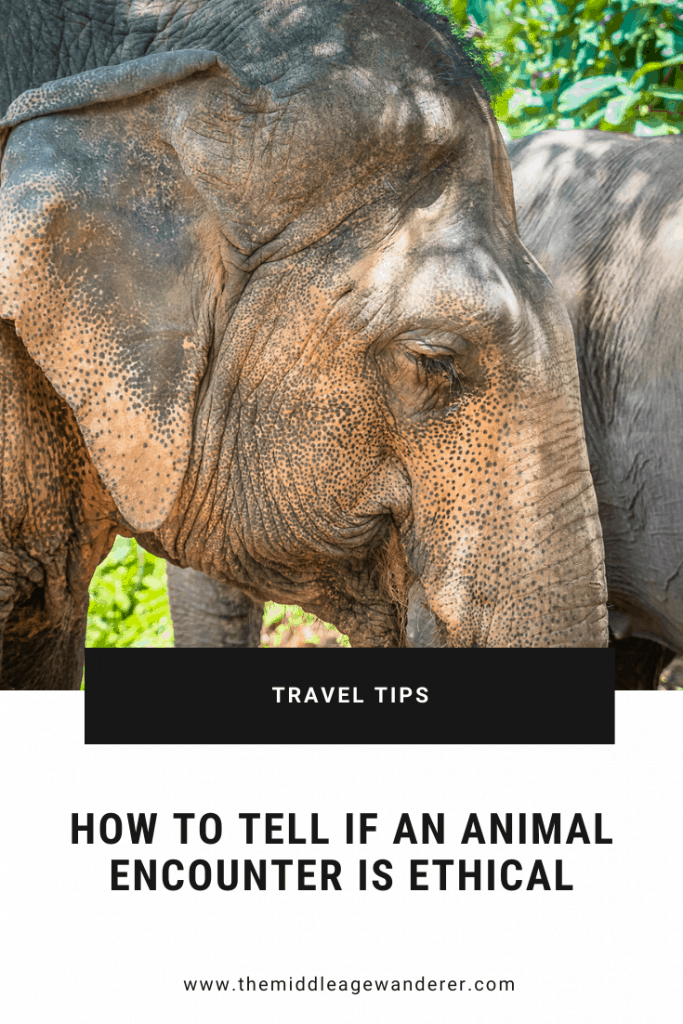
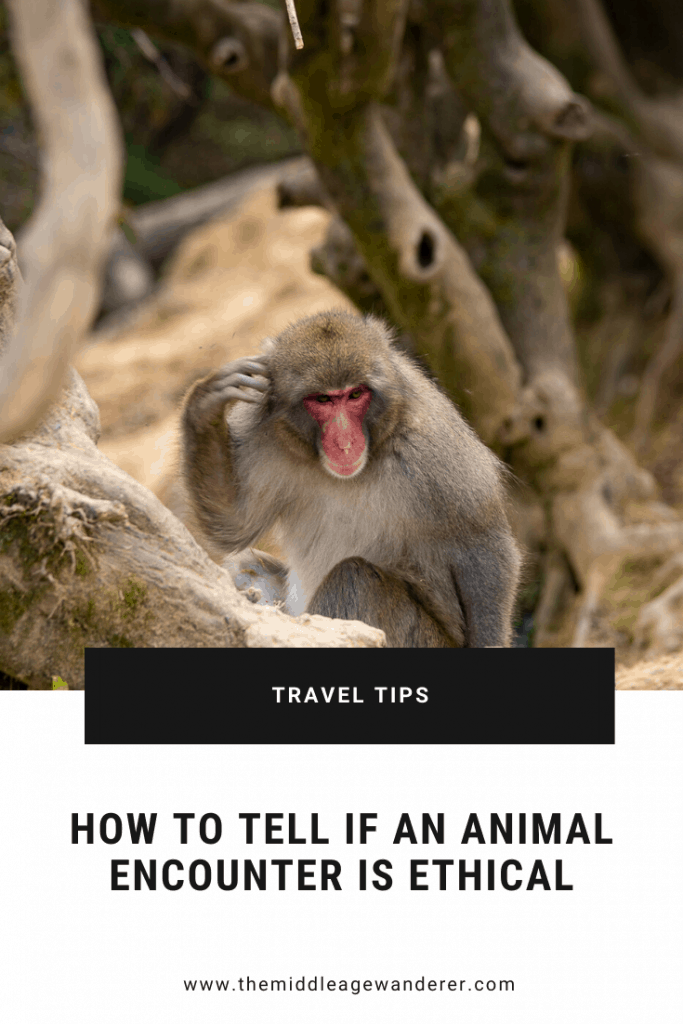
© 2024 The Middle Age Wanderer
Made with 

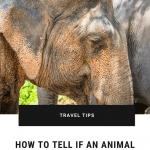
37 Responses
Lovely post, thank you for sharing. All of these exemples are about viewing animals, but what about those that actually involve them. For example, I was in Canada a couple of years ago and I went dog sledding. Our guide there told us that dogs actually enjoyed being of use and pulling. In my opinion, they were happy when they were about to pull from the sleight as they were playing in the menatime with the other dogs. I believe what I saw as well as what the guide told us, then someone commented on a post I wrote about it that it wasnt ethical. What’s your point in this?
Thanks for your comment Jenn. I’ve actually put in a few additional points in Point 7 of the article about domestic animals. And your comment is timely. We are heading to Scandinavia at the end of the month. Firstly, Husky’s love to run. It is part of their nature. But the issue is how they are treated. Many operators kill puppies that aren’t good enough / fast enough / big enough. They also kill their older dogs when they can no longer make them money. Specific questions need to be asked of operators about their breeding processes and end of life care for their dogs. Humans can be so horrible!
A very interesting post. I’ve worked with wild and domestic animals all my life, and think I am a pretty good judge of whether an animal is content.
In Nepal in 2002, we were taken on elephant-back safaris as part of a package to see wildlife. The first one, in Chitwan national park, was awful. Our elephant, and the others nearby, were not happy. And they got less happy the closer they were to the rhinos we were being taken to see. The rhino mother and calf did not seem to be happy either. We did not like the way the elephant was treated, and vowed not to go on another ride. However, in the Bardia national park we again found ourselves presented for an elephant safari. Reluctantly we climbed aboard. Immediately we realised the atmosphere was different. This elephant was happy. She and her keeper were on good terms, even having fun together. We enjoyed this ride, and I believe the elephant did too.
At that time, it was difficult to get this kind of information from the internet, and I had no idea what to expect. Even now, it seems difficult to tease out the good from the bad in advance unless you can get personal recommendations for specific tours. And just because a person enjoys their tour, it doesn’t necessarily mean the wildlife does too.
Thanks Annie. As you say it can be hard to find out if an animal encounter is ethical. But I find social media is a good way of at least finding photos so you can get an idea of what the animals look like and how tourists are interacting with them. But I do not believe riding elephants is appropriate
Unfortunately there is no way to ethically ride an elephant. In order to get an elephant to allow a human rider, they have to be “broken”, through a process called Phajaan, which means “the crush”. I won’t put the details here, but it’s extremely cruel. Furthermore, despite their size elephants can only safely carry ~150 pounds; many in sanctuaries have fractured or broken spines from being forced to carry heavy riders. Think about elephant rides (and all animal encounters) from the perspective of the animal—it seems fun for the human, but why would any animal, especially one as intelligent and complex as an elephant, want to carry around dozens of random people a day?
Totally agree Gabrielle.
Responsible traveling is very important to me, but I have to admit, I don’t usually do wildlife tourism so I don’t know much about the ethical part of it. Your post is full of info that I didn’t know, and it was really interesting to read it!
Thanks Anna and glad you found it interesting.
Lisa, these are really important tips for choosing an ethical animal encounter. I’m appalled that elephant rides are still popular in parts of the world, but I hope as information like this is shared, people will stop choosing those types of activities.
Thanks so much Wendy. We need to educate tourists which unfortunately takes time and while that is happening animals continue to suffer.
This is a fantastic article, something I’ve been looking for, for a long time!
Hope it can be useful Gabby.
Great article on a very important topic. I travel mostly in search of wildlife and in my experience, the common characteristics of ethical wildlife tours are: small group size, professional guides and commitment to wildlife conservation. They also tend to be quite expensive because of these reasons.
Thanks Margaria. I agree and would much rather pay more for an ethical wildlife experience than to see animals suffering in any way.
Thank you for sharing such an important article. It can be confusing to try & find out if places are ethical. I volunteered at a wildlife sanctuary a couple of years ago. As far as I was told & aware all the animals were orphaned or injured & the reason they were there was for their own survival. I had some amazing experiences & learned a lot. But since sharing my blog posts I have been made aware that actually they may now be so ethical after all. Keeping animals in captivity without making as much effort as they could to rehabilitate into the wild. In particular they had a policy to not take & share photos of ourselves with the cheetahs – it was self gratification, not good for the animals. I was fine with that until I went into the office which was surrounded by photos of the owner with cheetahs. Then someone sent me an article from a glossy magazine with photos of Angelina Jolie & the cheetahs. Such double standards it left a bad taste in my mouth.
I can totally understand Sue. It can be so hard to really work out if an animal sanctuary is ethical or not. Unfortunately there will be times when animals can’t be released back into the wild but that doesn’t mean they still can’t live a fulfilled life – they just need the right environment and sometimes they are given it and sometimes they aren’t.
You raise some really good question that are well worth the time of an extra thought!
Thanks Ann. It really is so important for people to think about these things.
I remember a few years ago there was an article by National Geographic, that suggested that almost all animal attractions around the world are terrible for the animals… since reading that I have mostly avoided any animal tourism unless it’s just seeing animals in the wild… Like those elephant sanctuaries in Thailand aimed at Westerners, that have a second half where Asian tourists can ride them.
I used to really want to see the snow monkeys in Japan (until I heard that they have handlers who chase them with sticks to go towards the tourists!) It seems sometimes even the encounter’s that seem harmless, aren’t!
I flipping love seeing animals… so I just got used to seeing them less often to avoid the possibility that we contribute to their sadness.
Totally agree that wild is always best. We have just got back from a safari in Sri Lanka and it was still concerning with the number of vehicles that were in the national park.
It’s important for my family and I to visit places that practice ethics. I once visited a zoo where a black bear was pacing back and forth in its pen. According to the Big Bear Alpine Zoo in CA, which we visited, the three bears were rescued and unable to fend for themselves in the wild. I still think about the poor pacing bear to this day and it didn’t sit well with me. This article brings up good points and reminded me of the bear I saw.
Such a sad story. It is hard when animals aren’t able to be released back into the wild but they still need to have a life that is worth living.
This is such an important topic and one that’s ever evolving. I think you do a great job of breaking it down and simplifying it to help people better assess if an animal tour is ethical or not.
Thank you Bri. It’s so important that people stop to think about any animal encounter they are thinking of having.
Thank you for this post – it is something which I struggle with as I always want to see animals, but am not always sure if what is on offer is done with good wellbeing in mind.
Thanks Roisin. I always go back to the idea of does the animal have a life worth living.
Your article on ethical animal encounters is eye-opening! The Five Freedoms to Five Domains transition is a valuable perspective. Thanks for shedding light on responsible travel choices!
Thanks Kirsten.
This is really useful guide, thank you for sharing! I always try to avoid going to Zoos exactly for this reason – most of them are not suitable for animals they keep. Wild encounters such as safaris are the best
Totally agree! Safaris and wild encounters are definitely a great way to go.
This is a very important article. Do you think that zo in Thailand where people take photos hugging tigers is drugging the animal too? It’s not possible for me to believe that a tiger can be trained to behave so normally with all humans
Thanks Sinjana. It’s sometime difficult to know if animals have been drugged but I’ve definitely asked myself that same question a number of times.
As many of these comments suggest, this is a great article. It’s great people are now aiming to avoid unethical animal encounters when travelling, but sometimes it’s hard to find the correct information. So this guide is very helpful, thank you
You’re welcome.
A very good guide for figuring out what venues are operating ethically. I have seen some places on both the good and not-so-good side of these basics.
A great article and I am glad I came across it. As an animal lover, I have stayed away from any “animal experiences” for many years because I thought “better safe than sorry”. I have witnessed many elephant ride places in Asia and was quite sad that people don’t know better, and to be honest, Europe and the Middle East aren’t much better with many horse carts and donkey rides. There is a huge lack of education on animal welfare because so many people don’t get to meet animals easily. I am glad that now here and there you find animal wildlife centres and wildlife education centres to observe animals in the wild.
Thanks Anja. Animal welfare is very close to my heart and like you have witnessed terrible treatment of animals on our travels. There is a long way to go with education to improve the welfare of both domestic animals and wildlife around the world